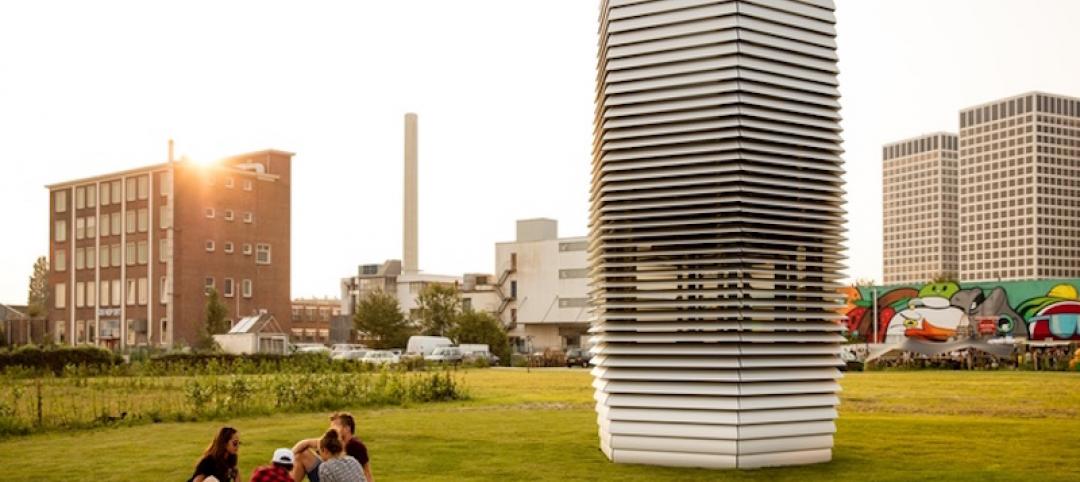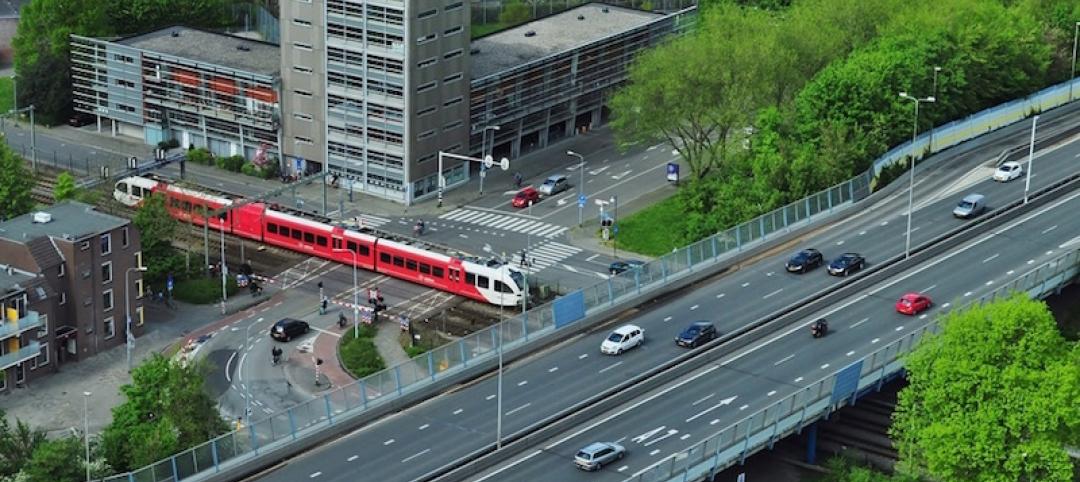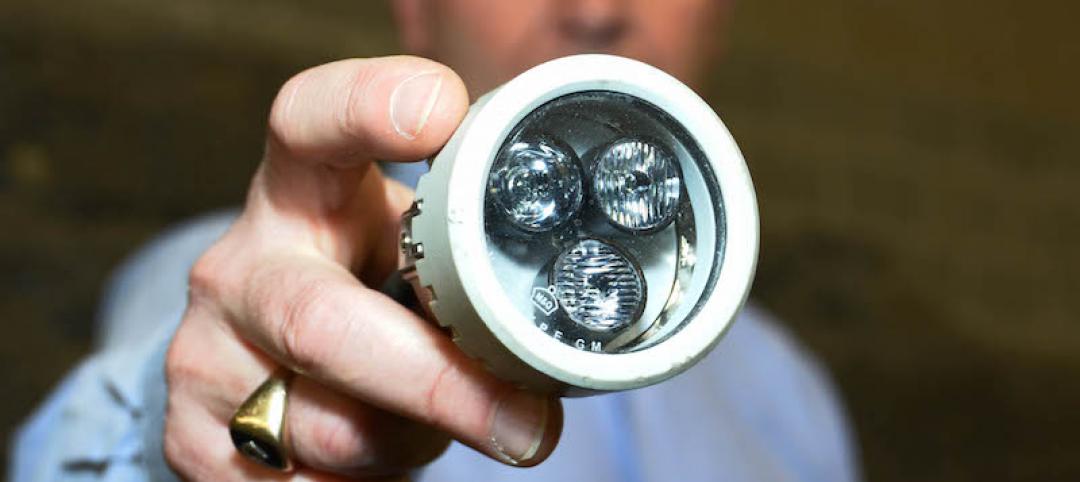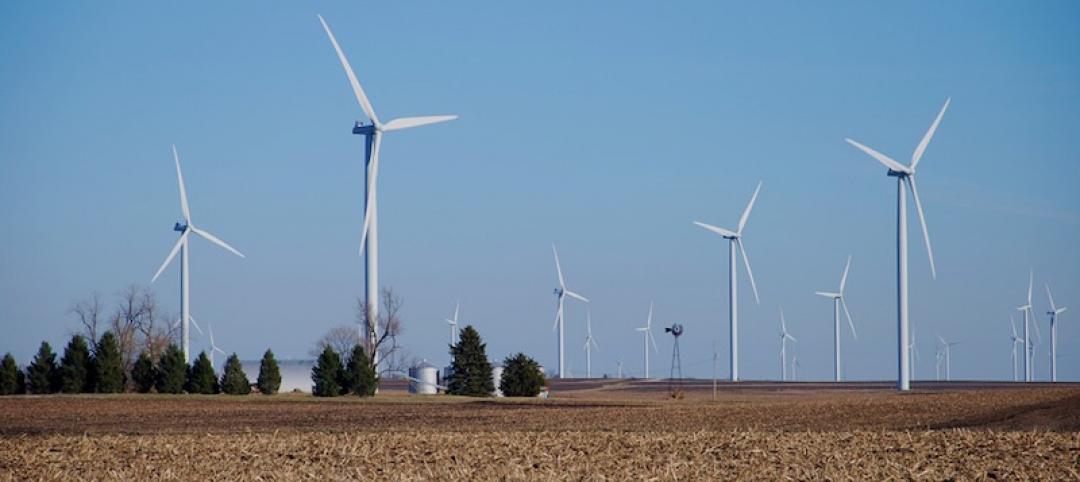The Federal Emergency Management Agency (FEMA) recently unveiled new guidance on additional assistance funding for net zero buildings.
The funding is available for implementing net-zero energy projects with a tie to disaster recovery or mitigation. FEMA encourages applicants to incorporate net zero activities into eligible recovery and mitigation projects.
For projects to be identified as net-zero energy, buildings must meet or exceed the energy performance thresholds and renewable generation requirements specified in the zero energy appendices of the 2021 International Energy Conservation Code (IECC).
The increased costs of designing projects to be net-zero over traditional methods is allowable on certain eligible projects.
FEMA eligibility requirements for net zero energy buildings
For a FEMA project to be determined eligible as a net-zero energy project, each project must meet applicable program eligibility requirements. For new construction, major renovations, reconstruction, or code updates to be identified as net-zero energy, the following requirements will be taken into consideration to allow for additional costs, or other program or grant benefits.
New building construction and major renovations projects:
1. Are defined as new buildings or complete overhauls of existing buildings to salvage existing core structural elements, historical facades, etc. without any functional floor area being preserved in the process.
2. Must produce buildings that meet or exceed the energy performance thresholds and renewable generation requirements specified in the zero energy appendices of the 2021 International Energy Conservation Code (IECC), appendix CC and RC for commercial and residential, respectively. Code specifications or standards that are equivalent to or more stringent than the IECC require the project engineer, design professional, or other project professional to identify the energy requirements of such local code specifications or standard as equivalent to or more stringent to the IECC.
3. Must comply with these requirements using the methodology and requirements outlined in these IECC Appendices, or subsequent, more recent versions, or other versions of zero energy building codes as they may emerge and be specified by FEMA or Department of Energy (DOE) as eligible.
Existing buildings that are transitioning to net-zero energy projects:
1. Are defined as existing buildings which are eligible for FEMA funding that undergo an alteration, modification, or other retrofit.
2. Alterations, modifications, or other retrofits affecting part but not all of an existing building must meet or exceed the requirements outlined in Chapter 7 and Normative Appendix B (if applicable) in the 2021 or most recent version of the International Green Construction Code (IgCC). These construction and procurement requirements ensure that high performance equipment and materials are installed in the facility, even if the facility as a whole, will not meet the energy performance targets specified in the IECC Zero Energy Appendices. Code specifications or standards that are equivalent to or more stringent than the IgCC require the project engineer, design professional, or other project professional to identify the energy requirements of such local code specifications or standard as equivalent to or more stringent to the IgCC.
3. The project must procure renewable energy generation in an amount equivalent to or greater than the annual energy consumption of the alteration, modification, or other retrofit of the existing building. The amount of renewable energy generation required for the project can be calculated using the methodologies outlined in the IECC Zero Energy Appendices. Pairing this renewable generation with high performance equipment and materials will enable partial-building projects for existing buildings to achieve net-zero standards.
4. Compliance with these requirements will be performed using the methodology and requirements outlined in the IECC Zero Energy Appendices and the IgCC where specified above throughout the construction process.
Related Stories
Sports and Recreational Facilities | Nov 14, 2016
Soccer stadium from Zaha Hadid Architects will be constructed almost entirely of wood
The architects say the project will be the greenest soccer stadium in the world once completed.
Green | Oct 27, 2016
Applying modern energy codes to building envelope retrofits [AIA course]
When applying current energy codes to existing buildings, a number of issues arise, particularly where the building exterior is concerned, writes Hoffmann Architects' Bradley Carmichael. This AIA CES Discovery course is worth 1.0 AIA CES HSW learning unit.
Green | Oct 12, 2016
Acting as a giant air purifier, this tower could help solve China’s pollution problem
The 23-ft tall tower operates almost entirely on wind energy.
Codes and Standards | Oct 10, 2016
New sustainable landscape development and management credential launched
GBCI offered the first testing opportunity Oct. 3 at Greenbuild
Codes and Standards | Oct 6, 2016
Obama administration will spend $80 million for smart cities initiatives
The technology is targeted for climate, transportation, resiliency.
Lighting | Oct 6, 2016
Healthcare systems lighting their way to savings
There has been a rapid improvement and availability of LED products as primary light sources in most healthcare facility applications.
Green | Oct 6, 2016
AIA Report: Mixed results in design projects meeting 2030 Commitment targets
More buildings are meeting certain goals, but energy intensity reduction results have flat lined
Green | Oct 6, 2016
GBCI announces arc, a new technology organization to measure and compare green building performance
Arc is a platform that will allow any building to participate and immediately start measuring performance, make improvements, and benchmark against itself.
Green | Oct 4, 2016
The Clear Orb is one of the shortlisted projects for 2016 Land Art Generator Initiative
Designed by Heerim Architects & Planners, The Clear Orb would produce just under 600 million gallons of clean water annually.


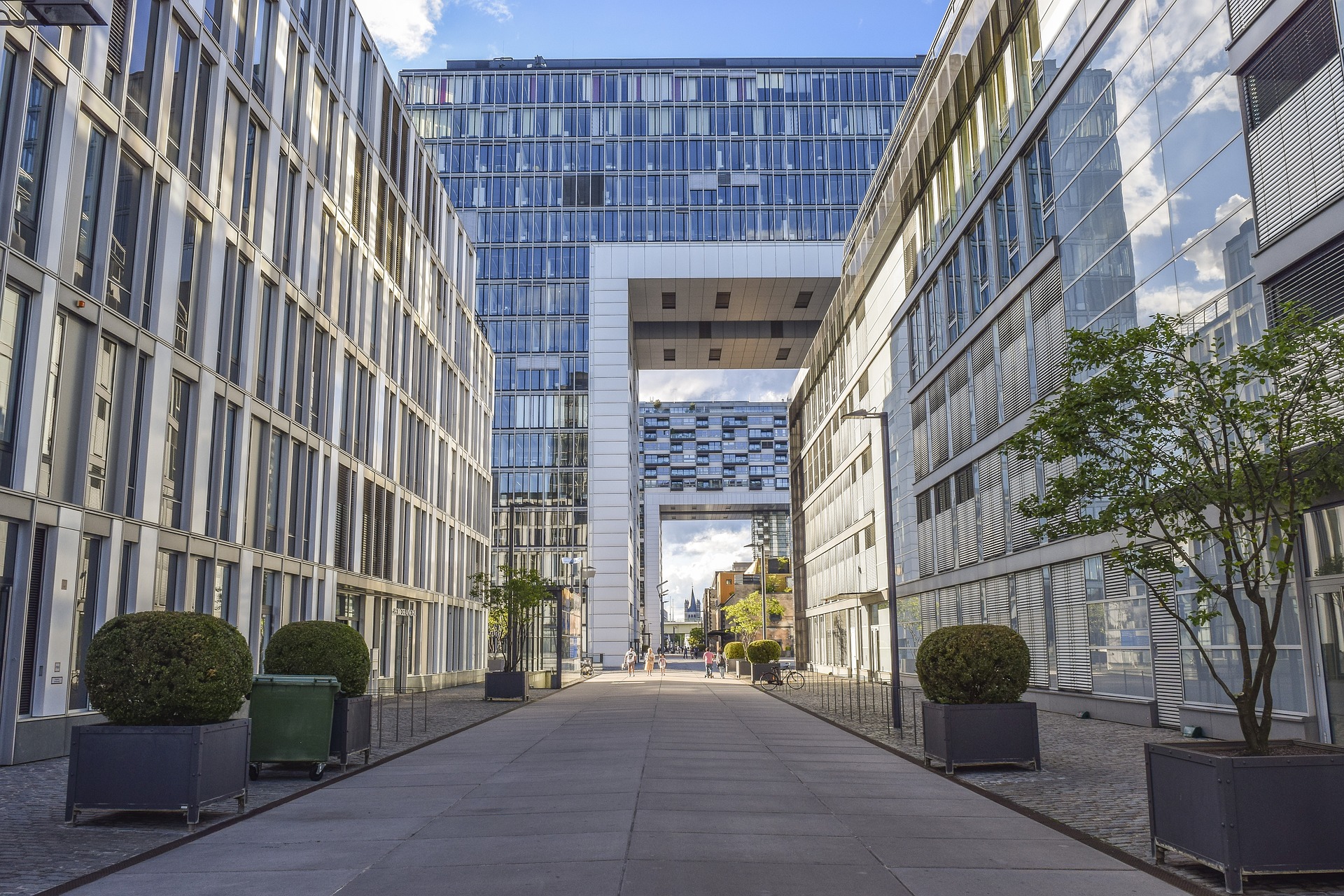
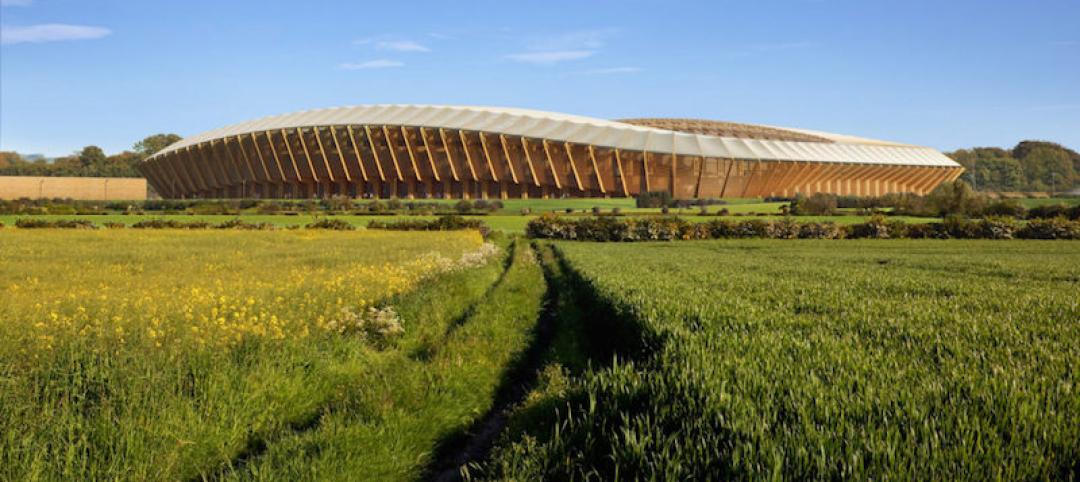
![Applying modern energy codes to building envelope retrofits [AIA course] Applying modern energy codes to building envelope retrofits [AIA course]](/sites/default/files/styles/list_big/public/OPENERHoffmann9.jpg?itok=uE70VdED)
